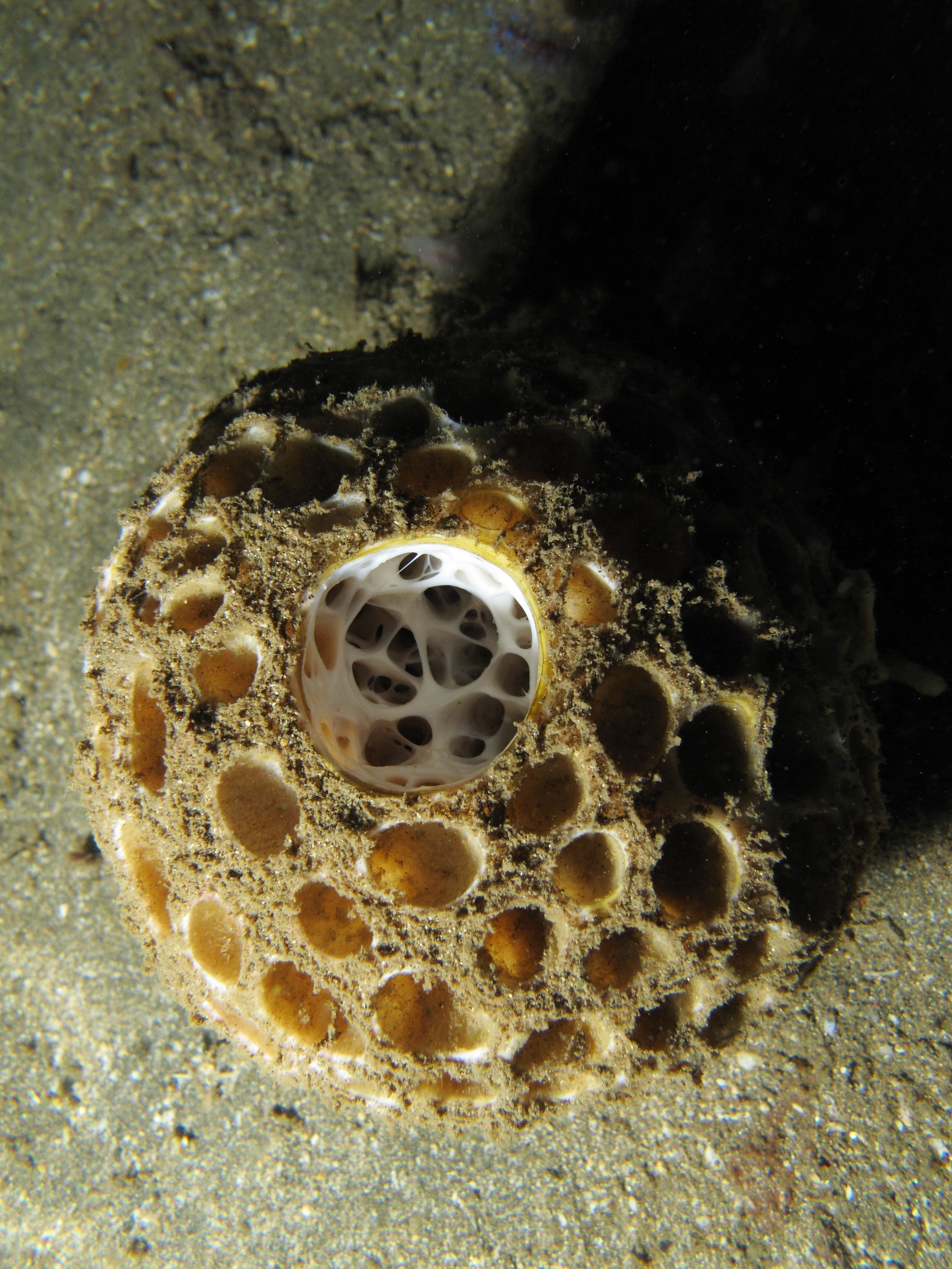Tetillidae on:
[Wikipedia]
[Google]
[Amazon]
Tetillidae is a family of marine
 * '' Acanthotetilla'' Burton, 1959
* '' Amphitethya'' Lendenfeld, 1907
* '' Antarctotetilla'' Carella, Agell, Cárdenas & Uriz, 2016
* '' Cinachyra'' Sollas, 1886
* '' Cinachyrella'' Wilson, 1925
* '' Craniella'' Schmidt, 1870
* '' Fangophilina'' Schmidt, 1880
* '' Levantiniella'' Carella, Agell, Cárdenas & Uriz, 2016
* '' Paratetilla'' Dendy, 1905
* ''
* '' Acanthotetilla'' Burton, 1959
* '' Amphitethya'' Lendenfeld, 1907
* '' Antarctotetilla'' Carella, Agell, Cárdenas & Uriz, 2016
* '' Cinachyra'' Sollas, 1886
* '' Cinachyrella'' Wilson, 1925
* '' Craniella'' Schmidt, 1870
* '' Fangophilina'' Schmidt, 1880
* '' Levantiniella'' Carella, Agell, Cárdenas & Uriz, 2016
* '' Paratetilla'' Dendy, 1905
* ''
Systema Porifera
Tetractinellida {{demosponge-stub
sponge
Sponges or sea sponges are primarily marine invertebrates of the animal phylum Porifera (; meaning 'pore bearer'), a basal clade and a sister taxon of the diploblasts. They are sessile filter feeders that are bound to the seabed, and a ...
s.
Tetillids are more or less spherical sponges (sometimes referred to as golf ball sponges) which are found commonly in all marine habitats at all depths throughout the world. They are especially common in sediment
Sediment is a solid material that is transported to a new location where it is deposited. It occurs naturally and, through the processes of weathering and erosion, is broken down and subsequently sediment transport, transported by the action of ...
ed habitats. Over a hundred species have been described in ten genera.
Reproduction
Reproduction
Reproduction (or procreation or breeding) is the biological process by which new individual organisms – "offspring" – are produced from their "parent" or parents. There are two forms of reproduction: Asexual reproduction, asexual and Sexual ...
in tetillids is quite varied, although free-swimming larva
A larva (; : larvae ) is a distinct juvenile form many animals undergo before metamorphosis into their next life stage. Animals with indirect development such as insects, some arachnids, amphibians, or cnidarians typically have a larval phase ...
e have not been seen in this group. In some species fertilized eggs are released which settle directly onto the substrate
Substrate may refer to:
Physical layers
*Substrate (biology), the natural environment in which an organism lives, or the surface or medium on which an organism grows or is attached
** Substrate (aquatic environment), the earthy material that exi ...
and develop ''in situ
is a Latin phrase meaning 'in place' or 'on site', derived from ' ('in') and ' ( ablative of ''situs'', ). The term typically refers to the examination or occurrence of a process within its original context, without relocation. The term is use ...
''. In other species the eggs develop within the body cavity of the adult sponge and are released as small adult sponges via localized breakdown of the pinacoderm The pinacoderm is the outermost layer of body cells (pinacocytes) of organisms of the phylum Porifera (sponges), equivalent to the Epidermis (skin), epidermis in other animals.
Structure
The pinacoderm is composed of pinacocytes, flattened epitheli ...
.
Genera
Tetilla
''Tetilla'' is a genus of flowering plants. It belongs to the family Saxifragaceae.Zappi, D. (2009)Neotropical Saxifragaceae In: Milliken, W., et al. (2009 onwards), Neotropikey - Interactive key and information resources for flowering plants ...
'' Schmidt, 1868
References
Systema Porifera
Tetractinellida {{demosponge-stub